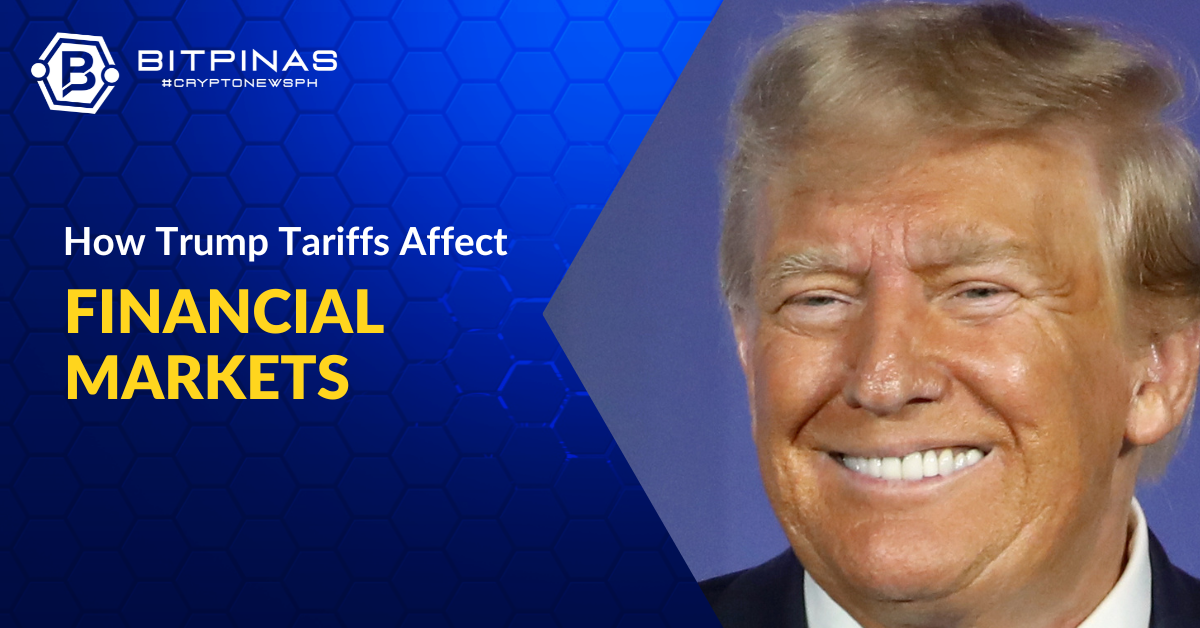
It has been hailed as the world’s most secure store of value for many years, but Bitcoin is poised to become something much more valuable. With advances in its underlying technology, the great-grandfather of cryptocurrency is undergoing a rapid transformation and could soon emerge as the gold standard for the digital economy of the future.
Until now, Bitcoin’s utility has paled into insignificance when compared to rival cryptocurrencies. Ethereum has long since been considered the undisputed leader in terms of blockchain programmability, providing a foundation for decentralized finance, non-fungible tokens, and the alternative financial system.
In contrast, Bitcoin’s architecture has severely limited its potential. It could only be considered as a transactional network, suitable for payments, savings, and little else. Not so anymore. Thanks to the arrival of some innovative Layer-2 solutions, Bitcoin finally has what it takes to fulfill its true potential and act as an alternative form of money, just as Satoshi Nakamoto intended.
The emergence of the crypto economy
Bitcoin was revolutionary, but it was the arrival of Ethereum that paved the way for crypto’s alternative financial system. With its support for smart contracts, Ethereum created an environment for developers to build the first decentralized applications, expanding the utility of crypto beyond transactions. It led us into a world where things like decentralized lending, liquidity provision, staking, and yield farming were made possible. It gave birth to a financial economy that anyone could participate in, without any restrictions.
The success of Ethereum is legendary, but the staying power of Bitcoin is something else. Despite its lack of utility, it continues to stand apart from the rest of the crypto crowd as the undisputed king of digital assets. Just look at the total market capitalization of Bitcoin, which is worth more than that of every other cryptocurrency combined, valued at more than $2 trillion.
The downside is that this capital is largely sitting idle, but recent events suggest that won’t always be the case.
Bitcoin’s transformation
In the last few years, Bitcoin has transformed, with the approval of the first exchange-traded funds dramatically increasing its appeal. The ETFs paved the way for unprecedented institutional investment in Bitcoin, helping its value to soar beyond the $100,000 mark for the first time in late 2024.
More exciting are the recent technological developments we’ve witnessed. They began with the arrival of Lightning Network, which offered a solution to Bitcoin’s scalability bottlenecks, powering faster and lower-cost transactions by offloading them from the network. It also inspired additional pioneers, such as Rootstock and Liquid Network, which created environments for the first Bitcoin DeFi applications by minting digital assets pegged to its value.
The real game changer was the Taproot upgrade that was rolled out in 2021 after years of development. Taproot was the innovation that paved the way for Bitcoin to support smart contracts for the first time. It utilized a technique known as MAST (Merklized Alternative Script Trees), which condenses Bitcoin transactions into a single hash, easing the memory constraints of its blockchain.
Finally, in the last couple of years, further innovation arrived in the shape of highly sophisticated Layer-2 solutions on Bitcoin, such as Babylon and SatLayer. These new networks enable Ethereum-like programmability off-chain while anchoring their transaction data and execution on the underlying Bitcoin blockchain. This means Bitcoin can be used natively on those networks with the same kind of sophisticated applications we’ve seen arise on Ethereum and other smart contract blockchains. What’s more, these networks do not alter Bitcoin’s base layer, and they do not compromise its decentralized principles.
Because these programmable environments are so tightly integrated with Bitcoin, they provide a foundation for newer DeFi applications that can tap into the largest ocean of liquidity in the crypto ecosystem.
Building the Bitcoin ecosystem
Leading the charge is SatLayer, an ambitious project that aims to make Bitcoin the new gold standard for the decentralized economy. By bringing programmability to Bitcoin, SatLayer transforms BTC into a smart asset that will help to extend the DeFi ecosystem far beyond what it is now.
SatLayer sees Bitcoin as the perfect vehicle for an emerging class of tokenized, real-world assets, where traditional financial instruments such as stocks and shares, bonds, commodities, and real estate live on-chain, increasing liquidity. By cutting out intermediaries, lowering transaction costs, and boosting accessibility through fractional ownership, real-world assets promise to turbocharge the digital economy, and Bitcoin will play a central role in this transformation.
As a starting point, SatLayer is already providing the foundational security layer for a new generation of decentralized applications. Known as Bitcoin Validated Services, they will unlock fresh utility for Bitcoin in the shape of decentralized insurance, undercollateralized loans, and more.
Bitcoin’s ecosystem is expanding in other ways, such as Sovryn, further expanding Bitcoin’s utility. With Sovryn, users can deposit Bitcoin and use it to provide liquidity for decentralized trading or lend it to other DeFi users, earning passive income for these activities. Users earn the protocol’s native token, SOV. Meanwhile, Babylon Labs enables a different kind of use case for Bitcoin, leveraging it to provide security for other proof-of-stake blockchains. Users lock up their Bitcoin in Babylon smart contracts, and that capital, combined with the deposits of other users, is what’s used to secure third-party networks. Depositors are then rewarded with the native tokens of the blockchains their deposits secure.
Much more to come
The expanded utility of Bitcoin is getting a lot of attention. Recently, the hedge fund Fidelity, which boasts more than $5.9 trillion in assets under management, heaped praise on Bitcoin’s Lightning Network, saying it’s the most efficient way to transact with digital assets. It’s an endorsement that reinforces the incredible potential of Bitcoin to provide so much more than just a store of value.
Many analysts predict Bitcoin’s nascent DeFi economy will thrive. Messari said recently that if Bitcoin DeFi is able to match the level of adoption seen in wBTC on Ethereum, tapping into just under 3% of its addressable market, its value will rise to an incredible $47 billion. But many expect Bitcoin DeFi will ultimately see much higher penetration than this, given the ocean of idle capital locked up in users’ wallets.
With Bitcoin’s value on the rise again, institutional investors paying more attention, and an ecosystem that’s expanding exponentially, there are more reasons than ever to think it really will become the new gold standard for the digital economy.




